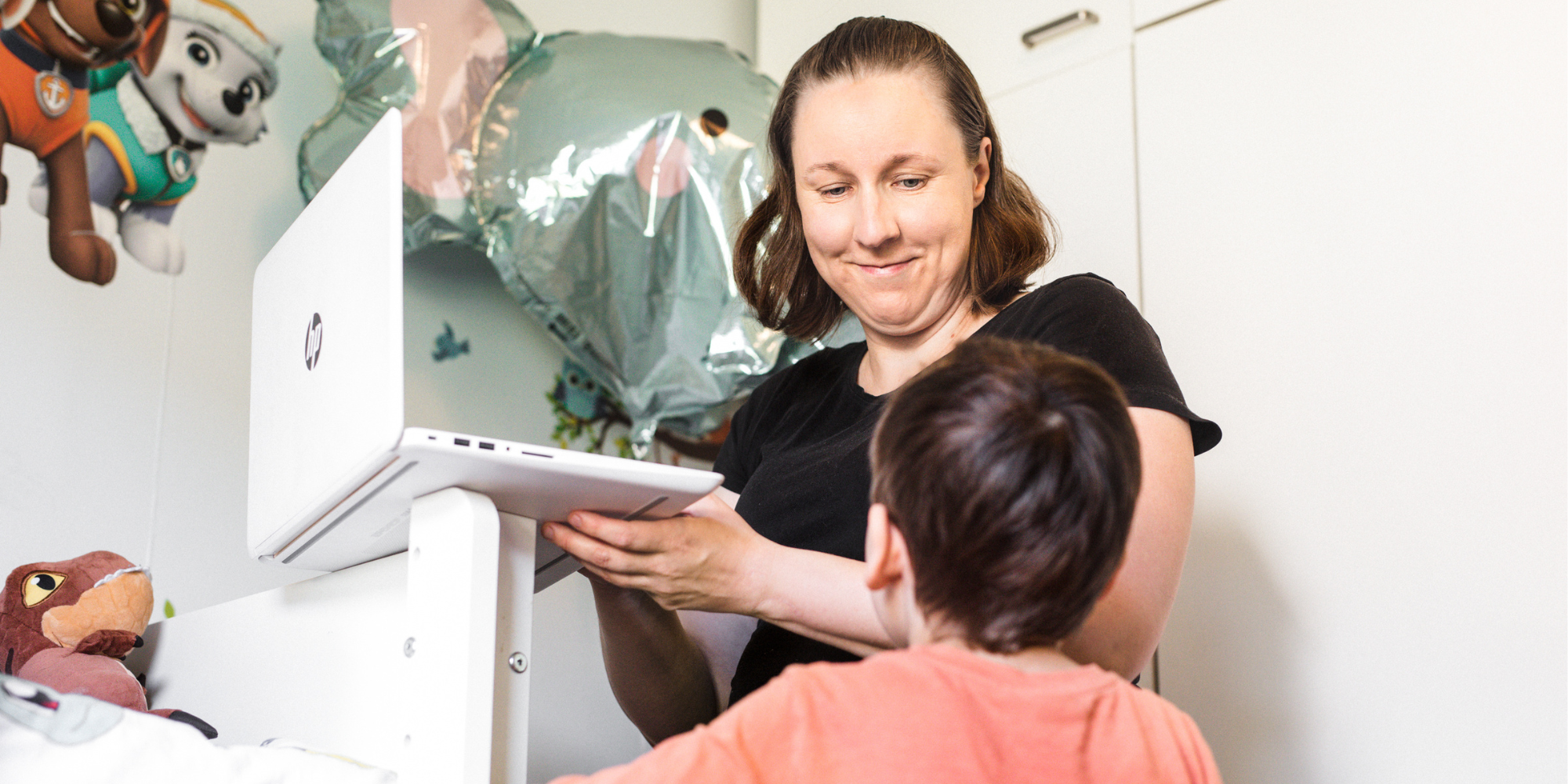
Kellopuhelin ja ulkoilusta lisää ruutuaikaa
Sohlbergien perheessä ruutuajan rajat eivät aiheuta taistelua. Ulkoilu, selkeät säännöt ja lasten osallistaminen pitävät arjen sujuvana – ja laitteet sivussa.
Lue juttu
Sohlbergien perheessä ruutuajan rajat eivät aiheuta taistelua. Ulkoilu, selkeät säännöt ja lasten osallistaminen pitävät arjen sujuvana – ja laitteet sivussa.
Lue juttu